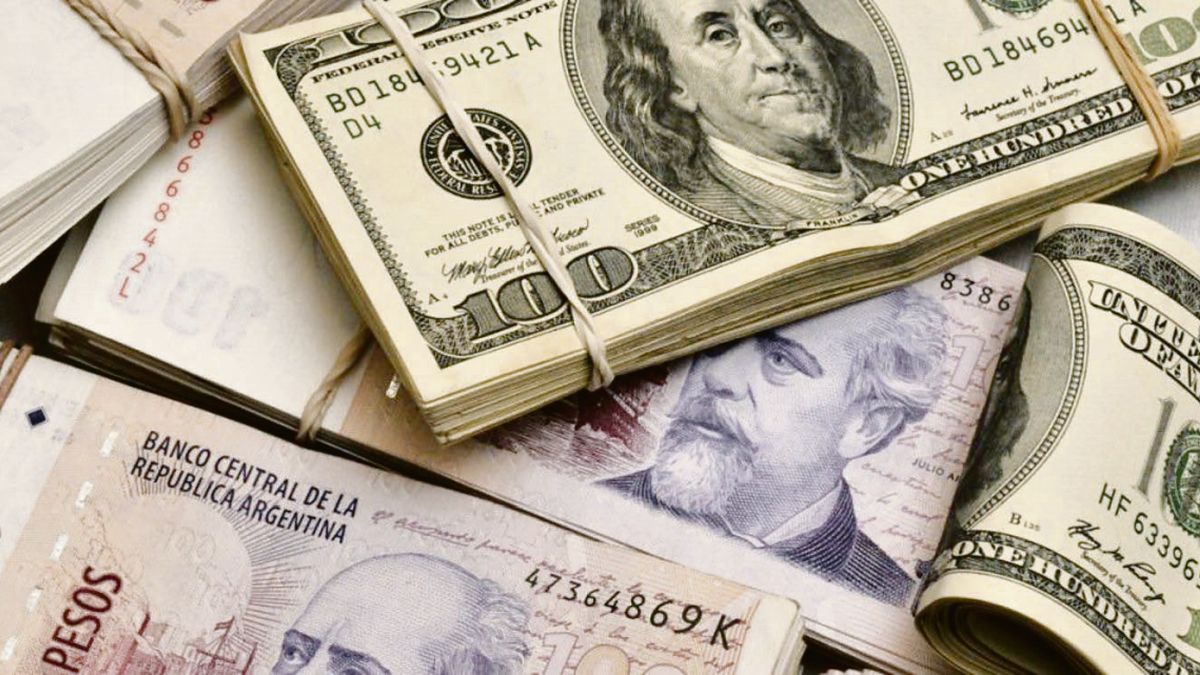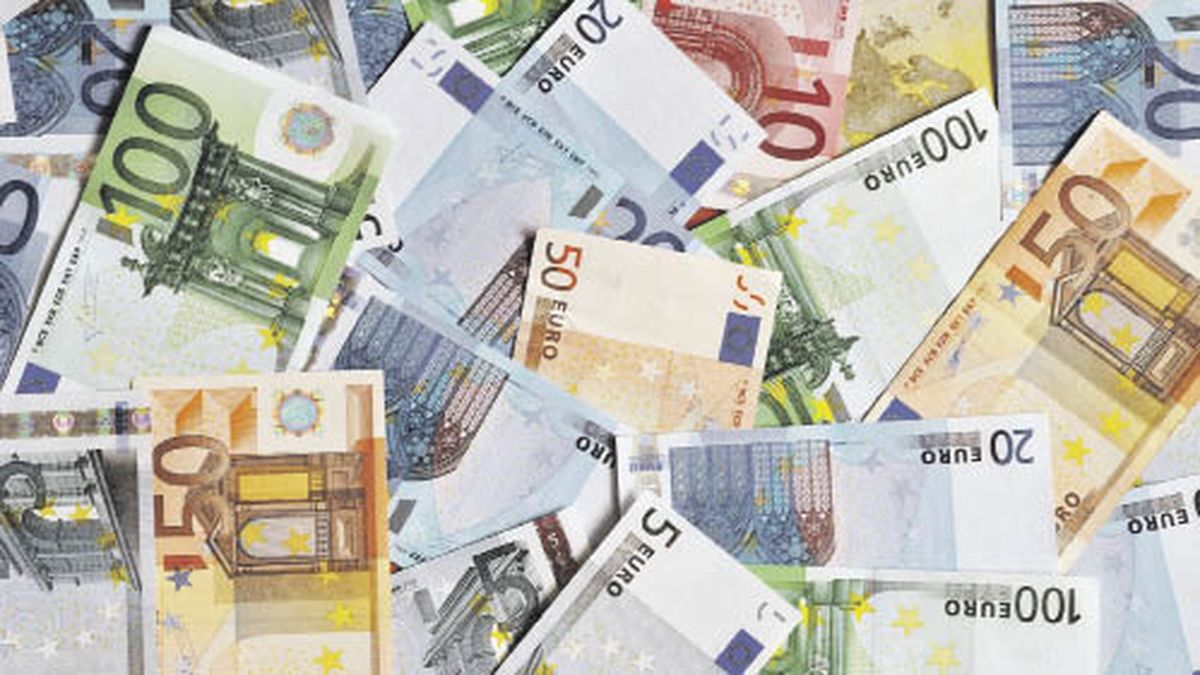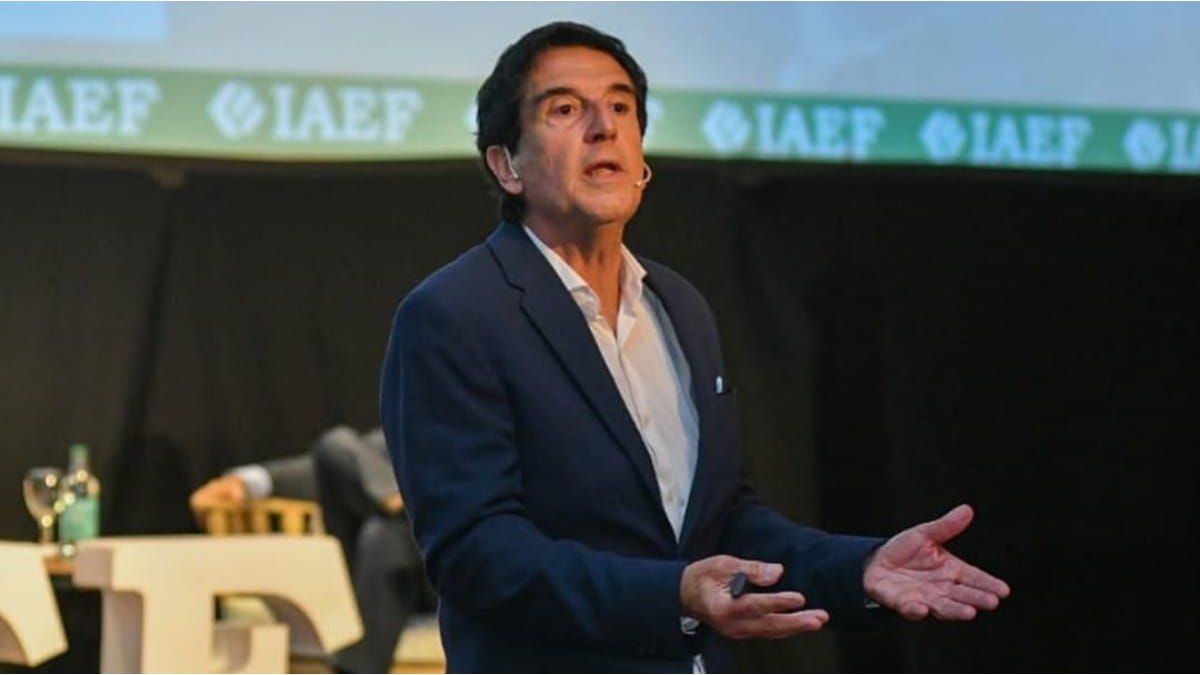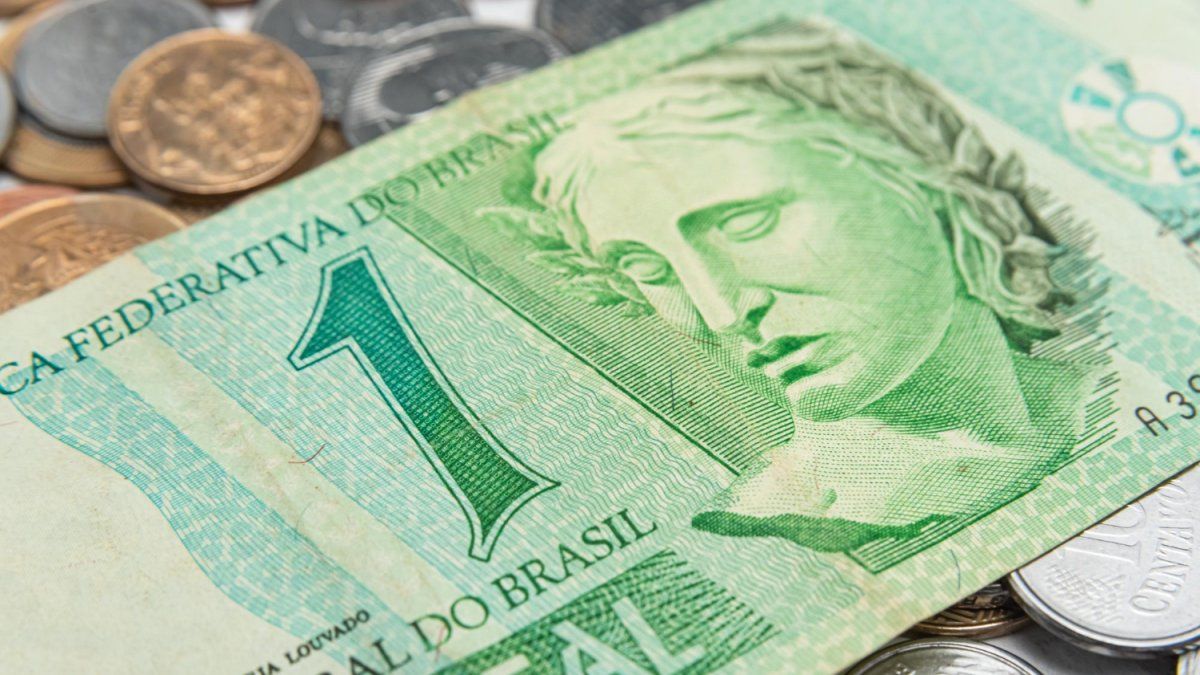Our economy is closely linked to the evolution of the price of raw materials. We believe that, in the coming years, the strong rise in oil and gas would drag other products such as agricultural raw materials to rise. A substantial improvement in the price of these products could drive our GDP up, improve tax collection and give the State more resources to balance the budget, and the private sector could boost the private economy.
This scenario of a rise in GDP, with a debt that would remain stable, would leave us with a lower debt-to-GDP ratio as a balance and would give our country more credibility to improve its credit reputation. In summary, the international context smiles at us.
Domestically, it is clear that the Central Bank has no reserves: In December, the IMF must be paid about US $ 1,880 million, that payment will be the one that will leave the country with negative reserves. There is no strong inflow of dollars on the horizon to reverse this scenario, hence the great demand for dollars in the market.
Wind dollars.jpg
Shutterstock
In terms of pesos, the Government continues to show a high tax rate, in the last 12 months it was located at 1.6 million million, of which 1.3 million was financed with monetary issuanceThis implies that 78% of the deficit was financed by printing money. This barrage of pesos in the market, which collides with the shortage of dollars, is what drives the rise of alternative dollars.
The monetary and exchange policy of the Central Bank does not help, the passive interest rate is negative against inflation, savers obtain from the banks a rate of 37% annually in the best of cases against a finalize that is located in the 52,5%, clearly prefer the dollar to place their surpluses on a fixed term. The active rate of loans is also negative against inflation, so companies prefer to be in debt in pesos, in the face of rising inflation.
TAX LID balance pesos.jpg
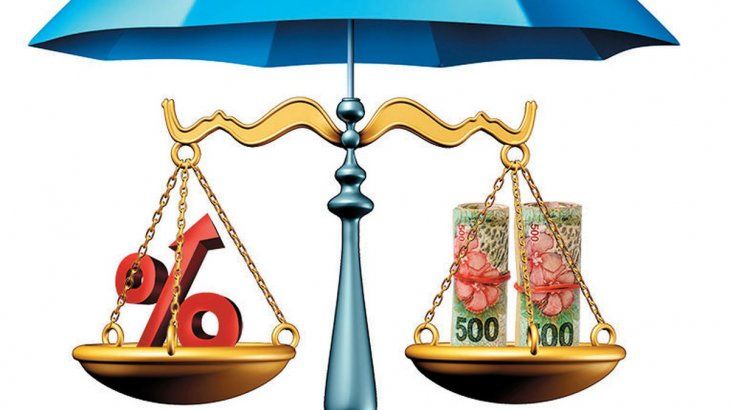
The highest point is the wholesale exchange rate, its price is around $ 100, and it already has a gap of more than 100% compared to free alternative dollars. This gap is unsustainable over time. The alternative dollars will not go down, in the market, there are no sellers and we do not believe that they will appear in this context of uncertainty. On the other hand, the government is reluctant to devalue the wholesale exchange rate.
The wholesale exchange rate around $ 100 It is not competitive at all, it is clear that there are many products like chicken, pork, cheese, dairy and eggs that With this type of exchange they cannot be exported because those who produce it would do so at a loss. However, many of these products are imported from Brazil. The Excel accounts that many economics and business consultants do should be contrasted with what happens in the market, from the computer all businesses close, when you go to practice and leave General Paz it is very different.
In order to contain inflation, the Government anchored the official exchange rate and tariffs, but this cannot be sustained over time. The income of dollars comes from exports, if they continue to suppress the price of the exchange rate, exports will decline, imports will tend to rise and the balance of the trade balance will go up in smoke.
exports (1) .jpg
If we look at the exchange balance, the main contributor of dollars is the trade balance, the rest of the accounts that comprise it are negative or with a very low balance. The shortage of dollars is accentuated, and all roads lead to a devaluation of the wholesale exchange rate.
In the market of future dollarThere are open contracts for a whopping US $ 5.3 billion, where 80% is concentrated in November, December and January. There is a 40% chance that the wholesale dollar will adjust in December, and a 60% chance in the first quarter of 2022. The premium paid by speculators to take a dollar position in January is a annual rate of 60.6%, a rate higher than past inflation.
In summary, the context of the domestic economy is very hostile for business, we have a shortage of dollars, an abundance of pesos, high inflation and a probable devaluation of the wholesale dollar knocks on the door, without ruling out that a rise in rates increases the costs of companies and makes the devaluation have to be higher than the that many imagine.
Conclusions
- Argentina faces an international context that can benefit it. We see a very bullish scenario for the products we export for the second half of 2022, with soybean, corn and wheat prices at record values. Be careful that oil and gas could also have this route and it would affect the costs of the economy, since the government will not be able to keep local versus international prices untied.
- The Argentine economy is very messy, tariff prices and the exchange rate should be released, it is impossible to think of an economic plan with repressed prices. Nobody will come to invest when the prices are set by the State at its whim and whim, and not by the market. This never ended well, sooner rather than later the market adjusts.
- Legislative elections should provide the framework for the political class to align the domestic market with the international, achieve price liberation and have a competitive exchange rate. We should have a free exchange rate, so that those who want to save do so in a less complex, transparent and institutional market, this would surely make the alternative dollars, far from rising, fall in this scenario. We consider that, if they continue on the current path, what is forbidden has always been more attractive than what is allowed, and in life it is forbidden to prohibit.
Source From: Ambito

